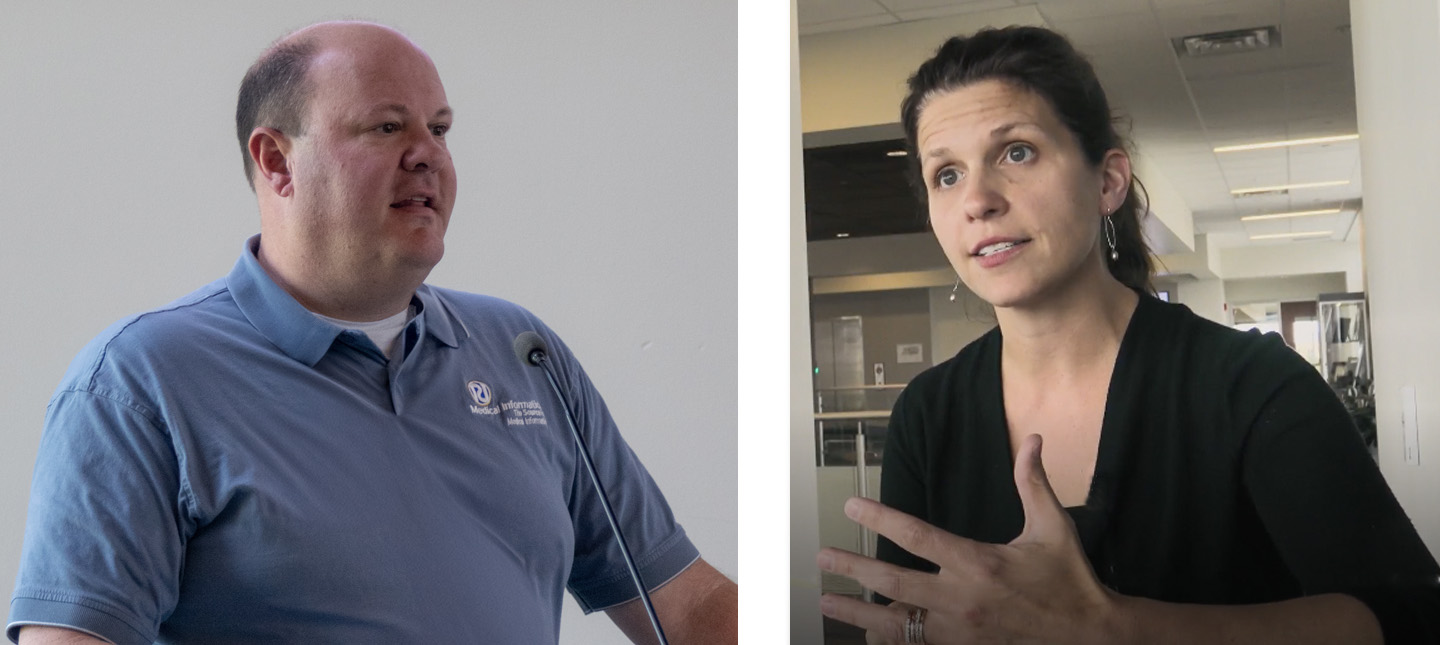Dr. Thomas Imperiale, M.D., explains how conversations with primary care providers regarding colonoscopy screening guide patients’ choices.
Transcript:
A lot of what patients decide to do or what patients do, is a result of the conversation they have with their primary care provider or how their primary care provider decides to handle screening. Some will be more directive and they’ll say, “Well, look, it’s time for you to get screened. Let’s get you signed up for your colonoscopy.” And may not say much about the options. Others will want to use what is recommended by the U.S. Preventive Services Task Force, which is a process known as shared decision-making, where you discuss the options and figure out which option is best for the patient. And that will be part based on what their risk is among average-risk people.
So, among the large swath of people, roughly 85 percent of the country is considered average risk. Who might be higher risk within that average risk and stand to benefit from colonoscopy? And simply, who prefers it to getting noninvasive screening, which for the FIT test is every year? Some people don’t want to do a test every year, and for the new multi-target stool DNA test would be every three years. And some might not want to come back in three years. Some will just want to be one and done. So, it’s suiting the choices to people’s, I think, risk and their preferences.








